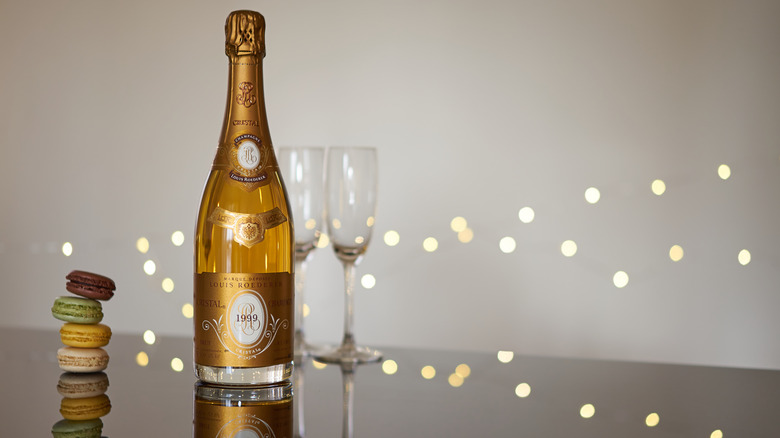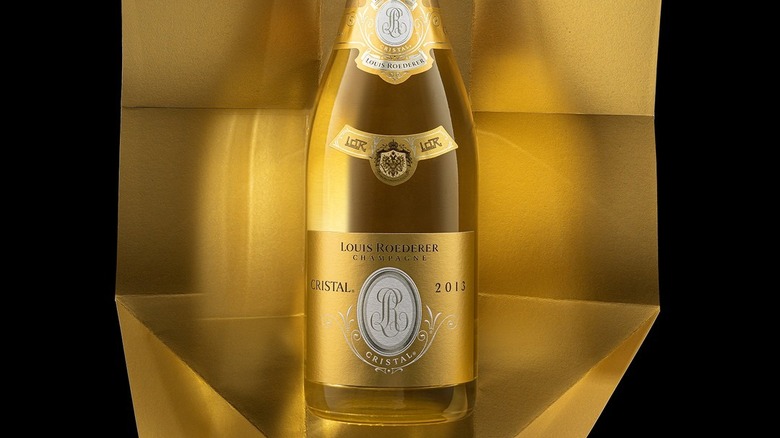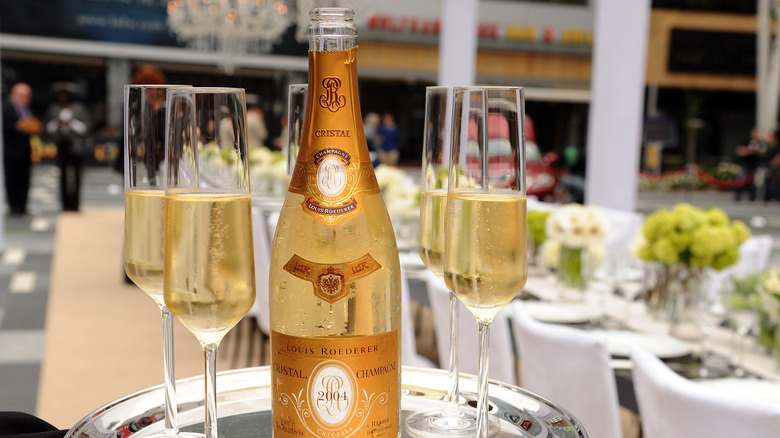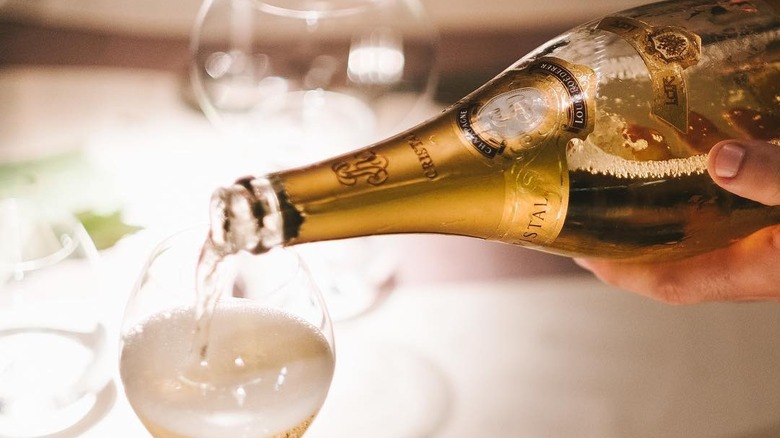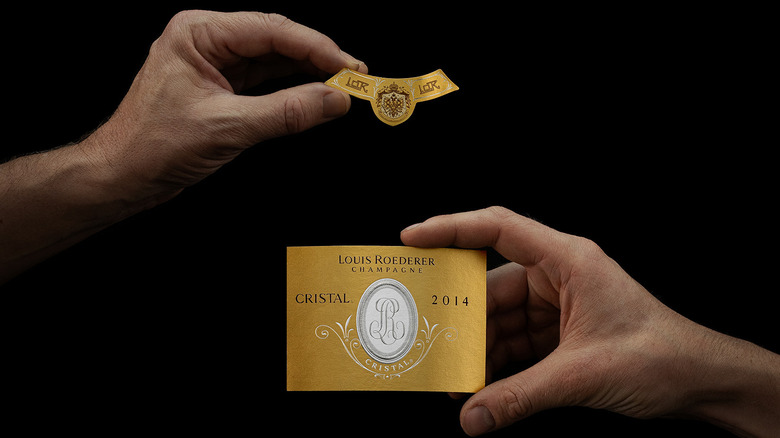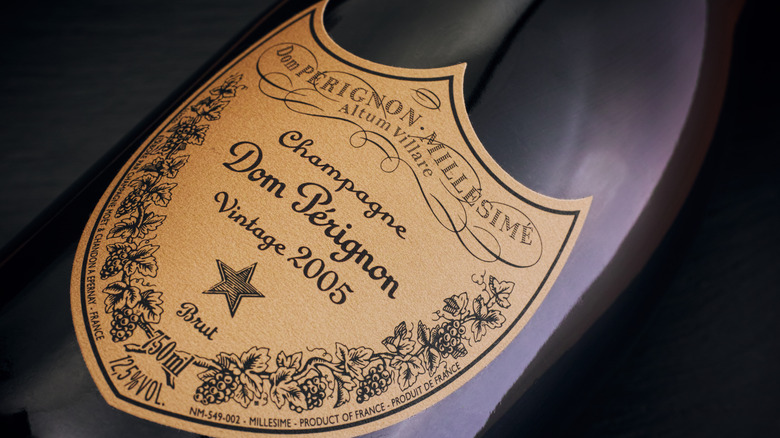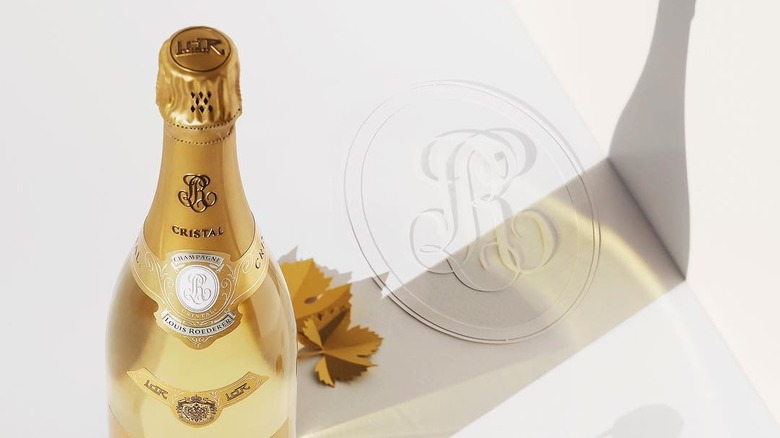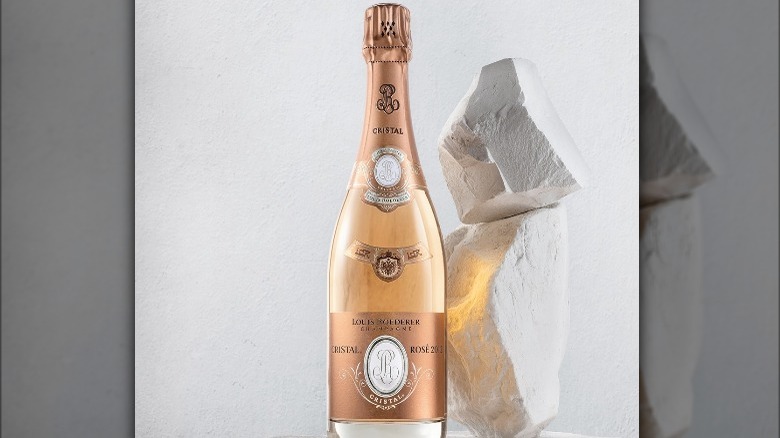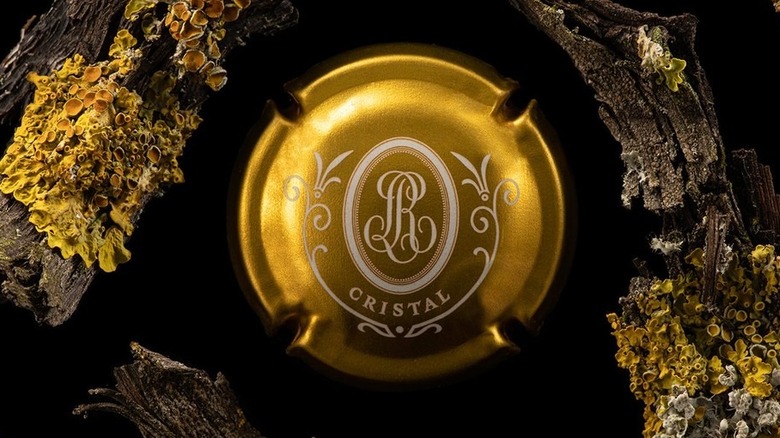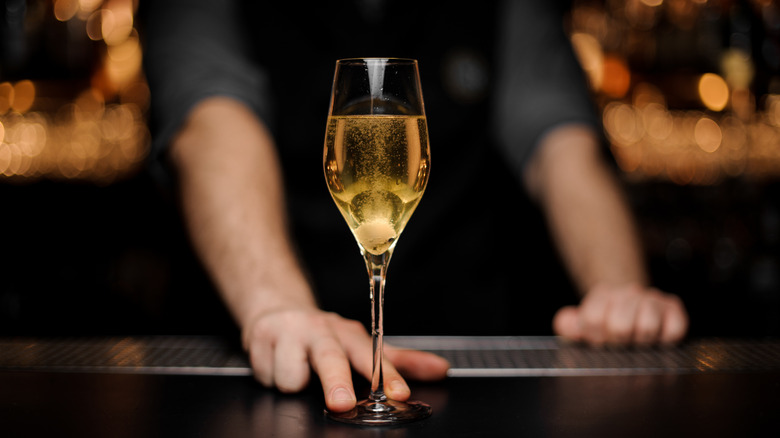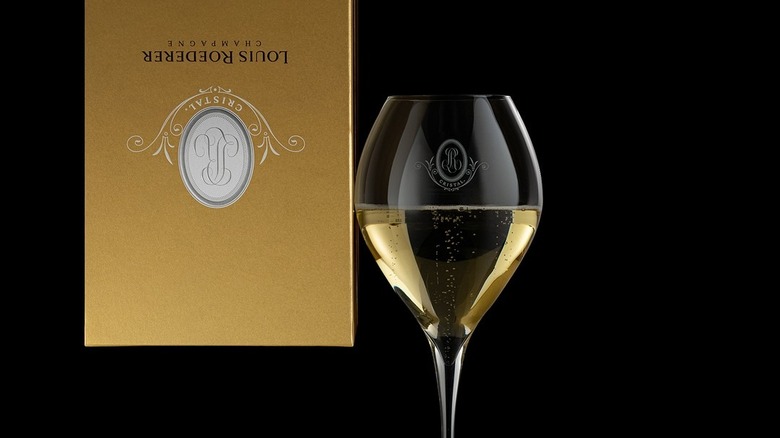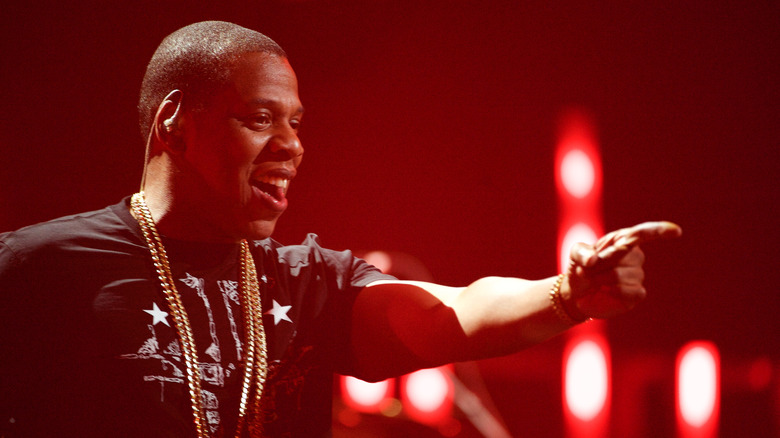Cristal Champagne: Everything You Need To Know
Champagne is one of the best and most famous wines in the world. This sparkling-styled beverage comes from the Champagne region of France, following strict rules controlled by the traditional French appellation system that specifies grape selection, winemaking techniques, and aging requirements. Champagne region has achieved perfection, and no sparkling wine can knock it down from its well-deserved throne.
Although Champagne is rarely less than excellent, there are different expressions and labels within the appellation that range from entry-level wines, which are still complex and lovely to drink, to the most exceptional wines with some of the priciest labels. Cristal, the beautifully crafted vintage Champagne by Louis Roederer, is one of the finest expressions coming from the region.
Packaged in a clear bottle and with a golden label, Cristal's rich origin dates back to the mid-19th century. It is the crème de la crème among Champagnes. If you ever wondered what's the story behind Cristal and why it's so rare, read on to find out all about Cristal and how it managed to stay relevant with the help of hip-hop artists.
How Tsar Alexander II factors into the story
Often, Cristal Champagne is called the wine of the tzars. Though many think the popular name stems from the flashy gold label, a tsar's order led to the first Cristal Champagne bottle. Louis Roederer, who was running the house in 1876, received a request from Tsar Alexander II of Russia to reserve the best Champagne blends for him. Eventually, this inspired Roederer to create this prized Champagne and bottle it in an equally decadent crystal packaging embellished with golden details.
As Financial Times reports, Roederer granted Alexander's wish to make the absolute best Champagne blend because the house independently managed its vineyards, whereas other houses bought Champagne grapes. Roederer chose the best sites and top-quality grapes for what would become the world's finest vintage Champagne. Cristal then became the golden standard for the wine type, and no Champagne could match its quality.
Cristal was the first Champagne granted the prestige cuvée label. Also known as tête de cuvée, the term is used only for the highest-quality Champagne vintages. The quality may differ among Champagne houses, but each winery uses the category only for their best Champagne expressions (via Westgarth Wines).
Cristal is a blend of Pinot Noir and Chardonnay
Seven grape varieties are officially allowed in the Champagne region, but pinot noir, chardonnay, and meunier grapes dominate the region. These varieties appear in blends, but monovarietal examples, made with chardonnay or pinot noir, are also standard. Usually, monovarietal wines are either blanc de noirs (made with red grapes) or blanc de blancs (made from white varieties). Pinot Noir provides structure and lends a fruity aroma to Champagnes, often with a hint of floral notes. Chardonnay mainly provides aromatic complexity and minerality. Meunier delivers yellow fruit notes and is generally more suitable for less extensive aging.
Cristal Champagne is a blend of pinot noir and chardonnay. The result is an elegant sparkling wine that ages exceptionally well and preserves its bright, refreshing structure. The texture is refined and unobtrusive. On the nose, Cristal displays polished fruity notes. Minerality and fruity nuances (reminiscent of citrus and white fruit) balance the taste (via Louis Roederer).
It is a vintage Champagne aged for a minimum of six years
Among the complex classification system in the Champagne region, one of the labeling practices includes vintage and non-vintage wines. The difference between the two is in harvested grapes, which also dictate different aging requirements. As explained on Vine Pair, vintage Champagne comes from grapes harvested in a single year, whereas non-vintage Champagne includes a blend of vintages from several different years. Vintage Champagne needs to be bottle-aged for at least three years, while the aging requirement for non-vintage Champagne is 15 months.
Cristal is a vintage wine, meaning that all the grapes come from a single-year harvest. Vinography explains that Cristal is made with carefully selected grapes in the best years, meaning it will only be released if the quality of the grapes is superb. While pinot noir typically is more than half of the blend, the percentage will change depending on the vintage. Cristal Champagne ages six years in wine cellars, and the wine spends an additional eight months in the bottle after dégorgement — a process of removing sediment from the bottle.
As explained on Vine Pair, vintage Champagnes are unquestionably some of the best expressions Champagne houses can supply. But non-vintage Champagne delivers consistent flavors, which become almost synonymous with specific Champagne houses and are usually an excellent and reliable choice.
Cristal needs to be served chilled and slowly sipped
One of the biggest mistakes people make with sparkling wines is chugging it down too fast: The same applies to Champagne. As the world's classiest wine, Champagne isn't a wine to drink quickly. This wine should be appreciated and slowly sipped, giving the aromas time to develop and allowing the flavor to show its full potential. Also, you don't want to serve Champagne at the wrong temperature. Though the exact temperature depends on the wine's complexity and grape varieties, chilled Champagne is preferred.
Cristal is one of the top Champagne expressions in the world, so you want to linger over the glass to appreciate its superb qualities. Chill the bottle before service, and never add ice to a glass of Cristal. The ice will break the bubbles and turn this exquisite Champagne into a miserable watery drink. The flute is standard glassware, but you can also use the tulip Champagne glass. Though it's best to serve it neat, Drink Stack recommends fresh fruit as an excellent addition to add that extra kick to a glass of Cristal.
When it comes to service, to properly drink it, you need to make sure that you serve it correctly. Lean the glass and pour the Champagne slowly, allowing it to come down on the sides of the glass. Don't fill it quickly, as this will create too much foam, and the wine will lose effervescence (via Advanced Mixology).
Cristal Champagne comes with a high price tag
Unsurprisingly, as one of the best expressions of a legendary Champagne house, Cristal is not a budget-friendly wine. In an interview with Forbes, Jean-Baptiste Lécaillon, the head winemaker at the Louis Roederer house, listed all the reasons why Cristal can sometimes reach astronomical prices. Cristal's grapes are from the estate's older vines, which typically have lower yields. They usually come from prime locations and the estate's top sites. Cultivation practices avoid herbicide use and take a traditional farming approach — some vineyards even rely on horse plowing. Apart from hard work in the vineyard, the work in the cellar has to be of the highest possible standard. Separate fermentation and challenging blending methods will determine the style and direction the house wants to achieve with a specific blend. Considering the winemaking's detailed steps and limitations on when this process can begin, Cristal's cost is not surprising.
Cristal's final cost will depend on the vintage. Wine Searcher provides a good overview of the available vintages with approximate prices. While the latest 2014 vintage comes to around $300, the famed 2008 release is $375. With age, the price will usually increase. As these wines have excellent aging potential, they can also be a good investment for the future.
Cristal Champagne vs. Dom Pérignon
Often, Cristal gets compared to the legendary Dom Pérignon, a brand started by an eponymous monk who was one of the most vital visionaries in Champagne — devoting his life to creating the finest wine in the world. Like Cristal, Dom Pérignon is always a vintage Champagne, implying that the grapes come from one year's harvest. It is produced only in the most exceptional years with the best selection of grapes, which naturally results in one of the best Champagne expressions. Based on the classic combination of chardonnay and pinot noir, Dom Pérignon shows distinctive aromatic complexity balanced with freshness and mineral character (via LVMH). Unlike Cristal, Dom Pérignon does not come from an independently owned house. It is one of the brands under the large LVMH, a Moët Hennessy Louis Vuitton corporation specializing in luxury brands.
Cristal and Dom often go head-to-head as both represent the finest Champagnes on the market. Their names are associated with luxury, prestige, and a lavish lifestyle. Though this competition in status often ends without a clear winner, Jancin Robinson reported on research conducted in 2006 by Luxury Institute's Luxury Brand Status Index (LBSI) that investigated which Champagne labels were considered most respected among affluent drinkers. Dom Pérignon topped the list, but Cristal came second, proving that these two wines represent the best Champagne globally.
Why is Cristal's bottle clear and wrapped in gold cellophane?
Cristal is famed for its quality, but it is almost equally known for its crystal-inspired packaging and the luxurious golden label. The story behind this gold look started when Cristal originated. Since its first bottle was for Tsar Alexander, it came in a clear bottle, as the tsar was allegedly worried about being assassinated. When he asked Roederer for an exclusive blend made solely for him, he also had some specific packaging requests. The bottle had to be clear, so no dubious, potentially poisonous substances would go undetected. Crystal was ideal as it was transparent and luxurious enough for a Russian tsar. The bottle also had a flat bottom, which is not typical for Champagne. The material later changed to glass, but the bottle kept the see-through design, adorned with the original coat of arms (via Millesima).
A standard Champagne bottle is traditionally dark, as light can destroy sparkling wines. Since Cristal has a transparent bottle, it doesn't have this protection, so the brand uses an alternative method — the UV-resistant golden cellophane to protect that pricey nectar inside the bottle (via Rare Wine Invest).
Roederer's Cristal Rosé label
Classic Cristal is Roederer's flagship Champagne. For approximately 100 years, it was the only Cristal label released by Louis Roederer. But in 1974, the house released Cristal Rosé cuvée, a newly crafted Champagne, to join the legendary Cristal. As evident from the name, this is a rosé style sparkling wine made by Jean-Claude Rouzaud: He used pinot noir harvested at the estate's biodynamically farmed grand cru vineyards.
Cristal rosé blend is 55% pinot noir grapes and 45% chardonnay grapes, aged approximately six years. Due to the calcareous clay soil, the sparkling wine has upfront minerality and bright acidity. This intensely aromatic, velvet-textured bubbly displays floral, fruity, and caramel-like nuances. The wine is firm and nicely structured but manages to stay fresh. It is another excellent example by Louis Roederer that perfectly expresses the fantastic grape quality, technical precision, and skill of this legendary Champagne house.
Louis Roederer is one of the rare independent Champagne houses
Louis Roederer is one of the legends in the Champagne region. Located in Reims, the house began in the 18th century. But in 1833, Louis Roederer took over the business and renamed the winemaking institution. Roederer had one goal: to control every step of wine production, which inspired him to buy several grand cru vineyards in the Champagne region. Most houses bought harvested grapes, so Roederer's method was unconventional. However, he believed that soil is the determining factor for wine's quality. Soon, he proved this theory correct by the quality of Champagne that came out of the Roederer house, with Cristal being the ultimate expression.
His son Louis Roederer II inherited the business and continued with the same ideology. Although the house changed its management structure throughout the 20th century, it's still a family-run business. Additionally, it remains one of the few Champagne houses independently owned and is not a part of a large international group — a rarity for big names in the spirit business.
2008's Cristal vintage received a perfect rating
2008 Cristal was a particularly successful vintage for the Roederer house. The vintage was released in 2018, indicating that it aged for ten years. The result was spectacular, as the wine managed to stay bright and youthful, with the ideal structure perfectly balancing a firm backbone with light and effortless character (via Louis Roederer).
Wine critics unanimously adored the 2008 vintage Cristal. James Suckling, one of the most influential names in the business, awarded the wine with a perfect 100-point score, describing it as "incredibly structured and precise" (via LinkedIn). Wine Enthusiast's Roger Voss also gave the sparkling wine a perfect score, describing it as pure and crisp and highlighting its firm mineral character and citrus flavors. Both Voss and Suckling agree that it is suitable for further aging.
If you decide to splurge on a bottle of Cristal, we recommend going all out and trying to get your hand on the 2008 vintage. The bottle comes with a high price tag, but the 100-point score means you will be sipping perfection.
Cristal has been heavily referenced in hip hop culture
Cristal might have originated as the Champagne designated for Russian tzars, but in the late 1990s, it was adopted by hip-hop artists. As a luxurious and pricey brand, Cristal was a perfect fit for hip-hop, in which artists heavily used brand references and generally promoted an extravagant lifestyle. What's more lavish than golden-wrapped Champagne?
First We Feast gave a detailed overview of the relationship between Champagne and hip-hop. This long and prosperous partnership flourished in the 1990s, mostly thanks to Branson B.– who is often cited as the one who helped Champagne become a household name in the budding East Coast hip-hop scene. Branson promoted Champagne as the drink of choice to some of the biggest names, including Redman, Sean Combs, and the legendary Notorious B.I.G. Although the early relationship between Champagne and hip hop started in the mid-1980s, the partnership was cemented in the early aughts by Jay-Z, who chose Cristal as his absolute favorite.
Like many hip-hop artists, Jay-Z heavily referenced luxurious brands in his songs. Vanity Fair conducted research in 2013 to find out what were the most referenced brand mentions throughout his career. Mercedes Benz comes as a favorite in the number of mentions. But it turns out, Cristal takes the lead in the drinking department.
Jay-Z initiated a boycott against Cristal Champagne
Jay-Z's "Brooklyn's Finest" song featuring the Notorious B.I.G. has the legendary line, "Cristal forever." Since then, the brand has appeared in numerous hip-hop songs. (As we've learned, Jay-Z was one of its biggest fans and most ferocious supporters.) But the love for the brand ended abruptly in 2006. The Guardian reports that the controversy started after Roederer's executive had a improper comment about the relationship between the brand and the hip-hop scene.
In an interview with the Economist, Frédéric Rouzaud, the managing director of Louis Roederer Champagne house, gave a questionable answer when asked about the association between Cristal and the hip-hop scene. The publication wanted to know if Rouzaud thought the connection was damaging their flagship Champagne. He responded bluntly, "We can't forbid people from buying it." Unsurprisingly, the comment faced severe backlash. Jay-Z pulled the label from his bars and initiated a boycott of the entire brand, calling the statement "racist." Though Cristal might have lost a very prominent supporter, it's hard to say how damaging the controversy was for the brand.
